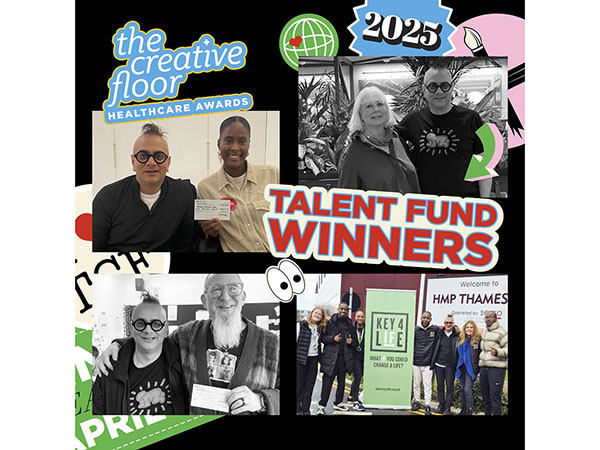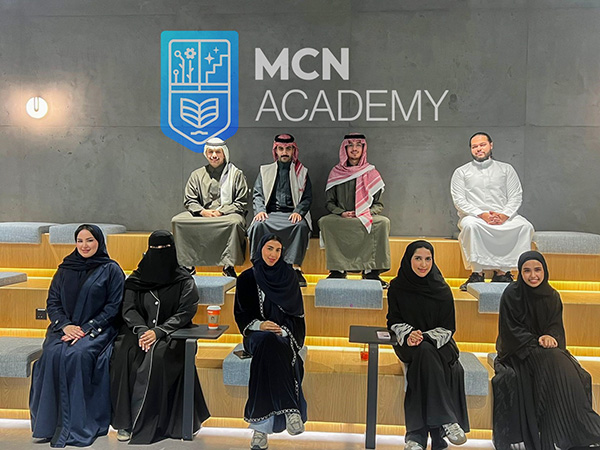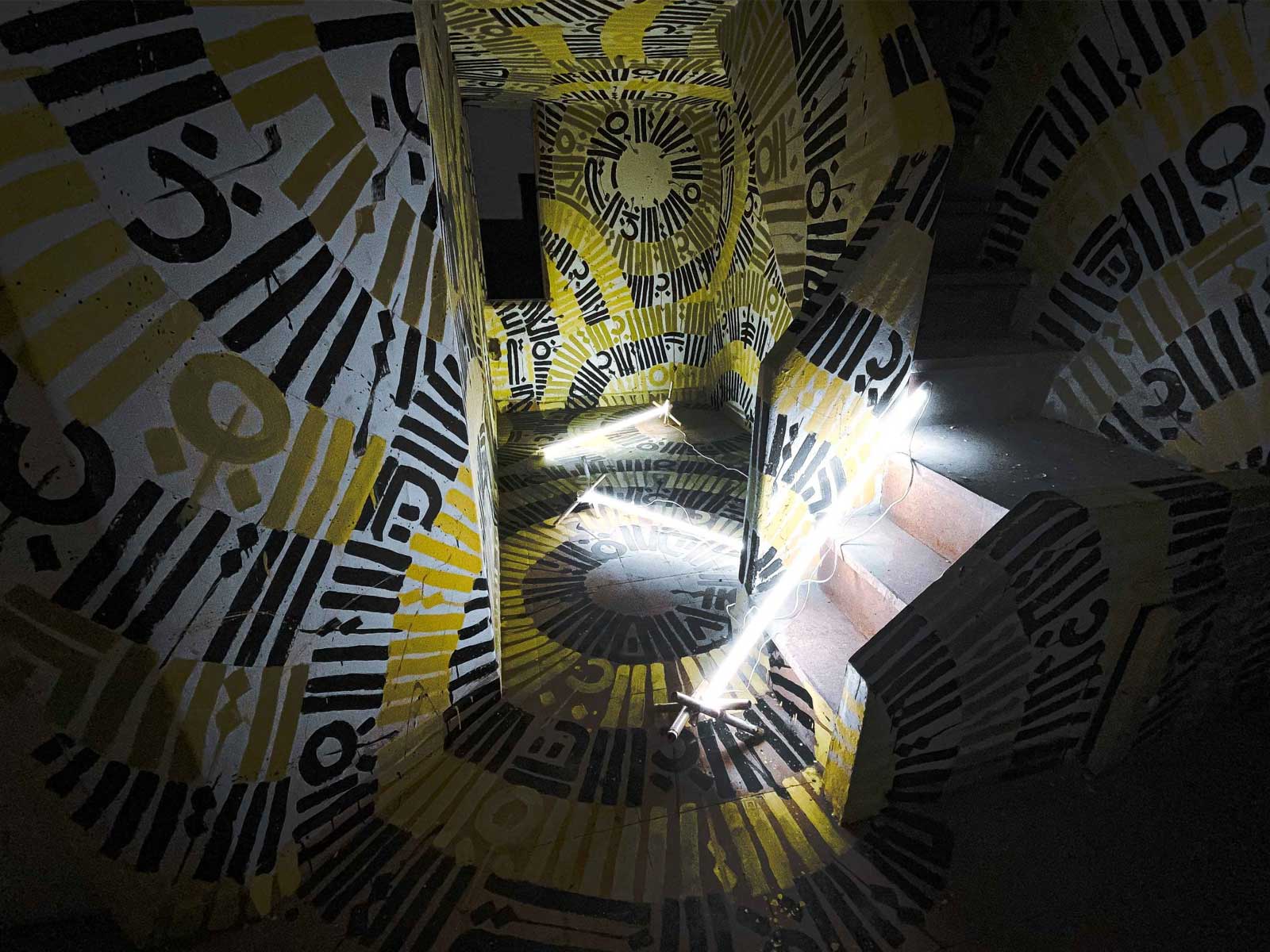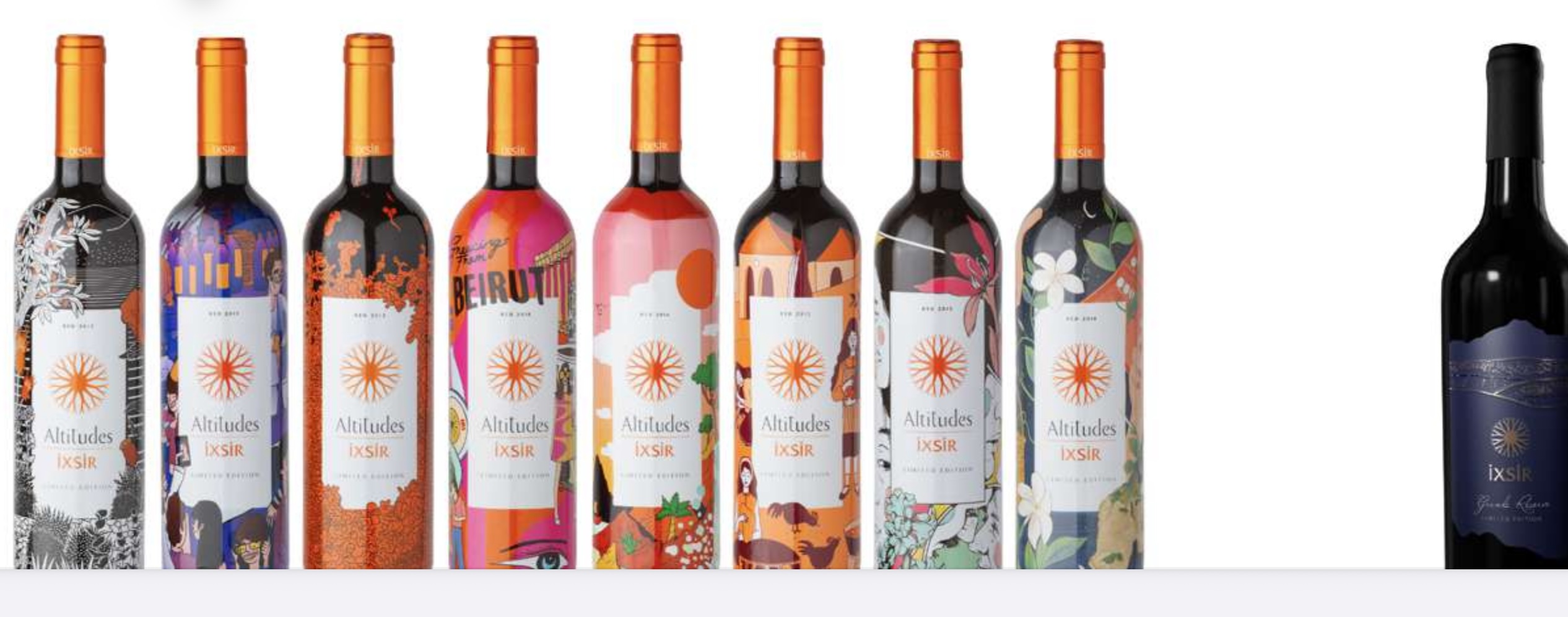Art & Design
The Visual Connection
June 18, 2016
.jpg) Advertisement
Advertisement
What’s the best part of being a photographer?
Speaking without talking.
The hardest part of your job?
Unlearning: ‘thou shalt not steal’ a moment.
If not a photographer who you would have been?
People watcher without a recording device.
How would you describe your style and how did you develop it?
Deadpan, in concept and form. All lines must be straight unless otherwise inclined. The same applies to the truth.
Which photographers inspired you most and how did they influence your thinking?
Andreas Gursky - I discovered his work not too long ago, but when I did, it all made sense.
How do you educate yourself to take better pictures?
I like to read about all kinds of theories related to architecture, art, and photography. The process of photographing something begins in the mind, which is directly tied to the eye. If the mind shifts, the eye will see the same thing, differently.
Do you use digital cameras and what is the influence of digital technology on your work?
The question of analog versus digital is outdated. The medium is constantly evolving, all material, analog, amateur or professional is valid so long as it serves the story being told. Today’s discussion should be about how to enhance the digital photograph with information and other media and how photography is moving towards the immersive and participatory realm.
What kind of mode do you go into when photographing a concept or idea?
It feels very much like looking. When an eye sees, it does so unconsciously, but the moment it looks at something, the brain begins to think and feel. It is exactly that, but it happens all the time, with or without a camera. Looking has become a constant act and the camera is just a tool that serves that function.
Can you tell us the true basis of your inspiration?
Because I am interested in territory, a lot of ‘inspiration’ happens when I’m moving fast - cycling, driving, flying - you see more, you notice more, you single out the things that speak to you most.
What is the favourite image you recently shot?
An image of a 10-storey building in a village in the north of Lebanon. It is an oversised, dilapidated structure that looks out unto a brilliantly green valley and mountain range covered with smaller concrete houses. I went back there because of a road trip I went on eight years ago - the image of that inappropriately-sized building stayed with me all these years. Lebanon has such a beautiful landscape, but the lack of urban/rural planning, the absence of building law enforcement and the excessive, excessive construction is eating it all up.
What makes a good picture stand out from the average?
Its ability to speak about something that is outside the frame.
What do you want to say with your photographs?
It’s important to let the subject speak for itself. My favourite subjects are the unpleasantly mundane ones - especially when it comes to ignorant construction and the uncontrolled urbanisation of our environment - I want to draw the viewers’ attention to what needs to change, because we are so used to seeing it every day that we fail to notice. We must never forget the mistakes so as not to repeat them.
What has been your most memorable session/assignment to date?
One of the projects I’m working on is a collection of portraits of the Lebanese diaspora. To date, I have been to 12 countries and have met fantastic people from various walks of life. The story of Lebanon cannot be told without talking about the population that left. Everybody here knows somebody there. It has created a great rupture in the national and cultural identity of the Lebanese people as a whole and I find this extremely interesting and satisfying to research.
Do you see yourself as a photographer many years down the road?
Probably, although many years later, the capacity of the medium will have evolved tremendously - would I be a digital or virtual photographer? Maybe a story-teller, who knows.
What advice do you have for photographers just starting out?
Try everything at least once, except HDR, especially on a sunset or a waterfall, the world does not need any more of those.



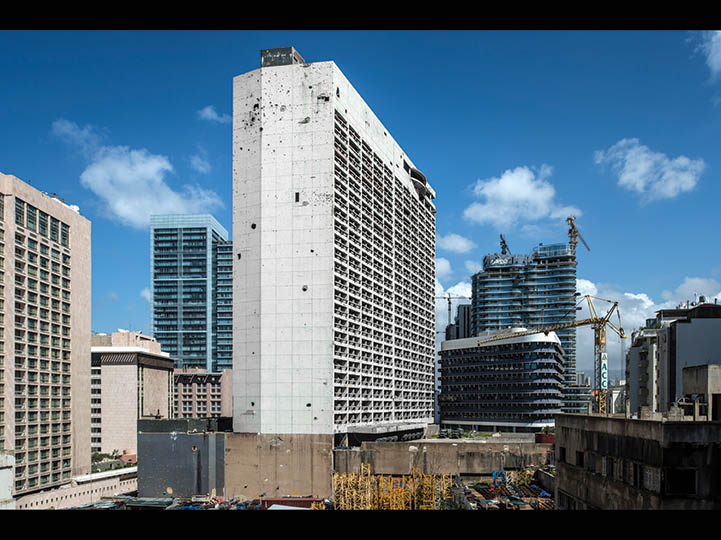

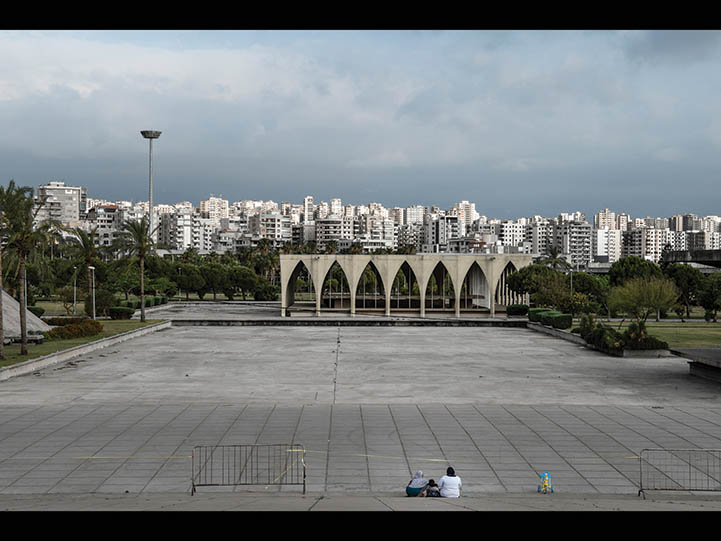
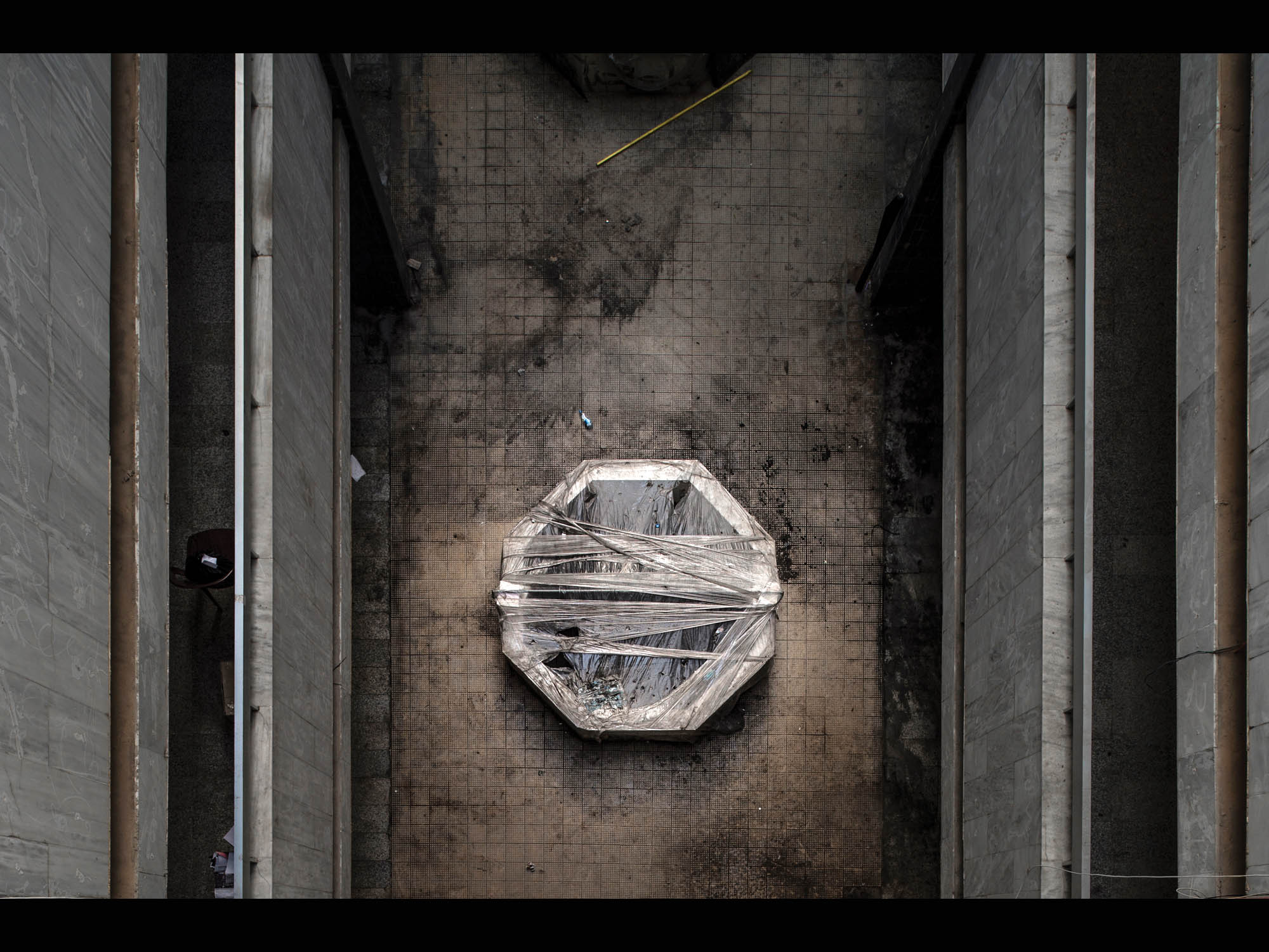

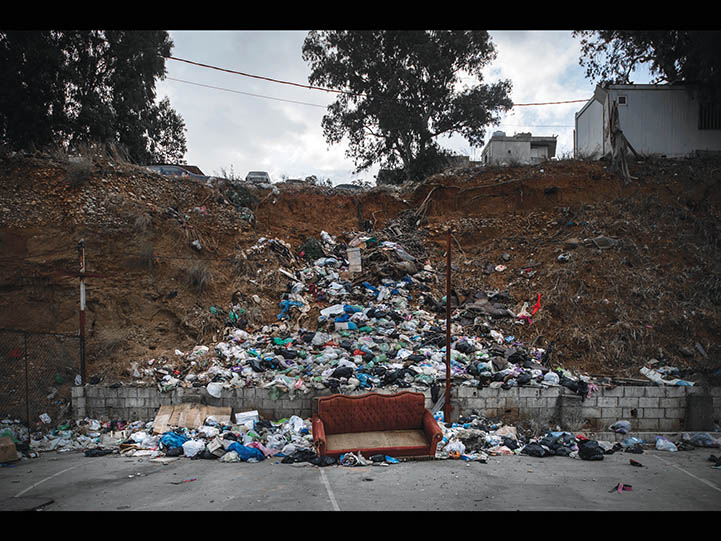

.jpg)
